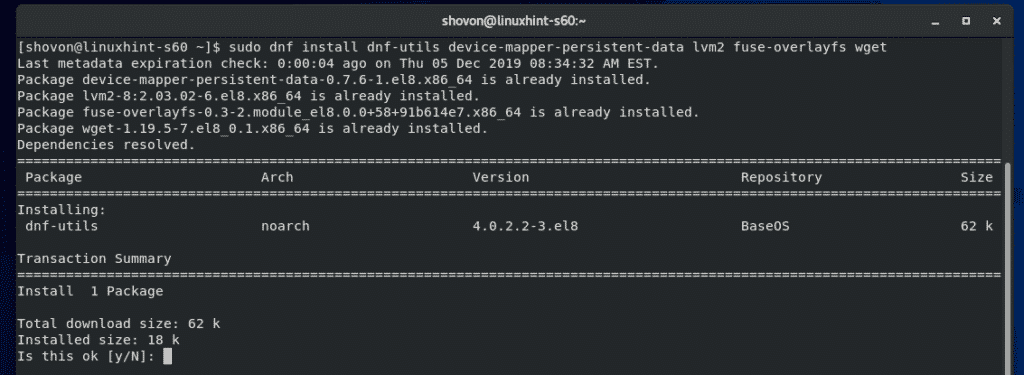


The second line specifies which image is used to create the container The first line of the YAML file is used as part of the container name Put the following data into the file, save it, and close the text editor: my-test: Next, create a YAML file in that directory: nano docker-compose.yml It demonstrates the minimum configuration parameters needed to start a container using Docker Compose: a YAML file calling a separate image:Ĭreate a directory for the YAML file: mkdir hello-world The Docker registry, Docker Hub, contains a Hello World image used for demonstration and testing.

Starting the container with Docker Compose You will see a similar output: ~]# docker-compose -versionĭocker-compose version 1.25.5, build 8a1c60f6 Then we will check that the installation was successful: docker-compose -version Next we adjust the permissions: sudo chmod +x /usr/local/bin/docker-compose ~]# sudo curl -L "$(uname -s)-$(uname -m)" -o /usr/local/bin/docker-compose Let's install Docker Compose from the Docker repository on GitHubĬheck current version and update it if necessary using the following command: sudo curl -L "$(uname -s)-$(uname -m)" -o /usr/local/bin/docker-compose

In Compose, you use a special file to configure your application services It allows you to package an application with all its environment and dependencies into a container that can be ported to any Linux system with kernel cgroups support and provides a container management environmentĬompose a tool for creating and running multi-container Docker applications. Docker is a software for automating the deployment and management of applications in an operating system-level virtualization environment.


 0 kommentar(er)
0 kommentar(er)
